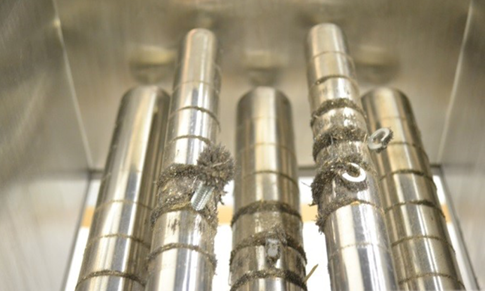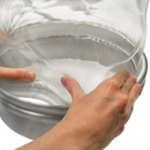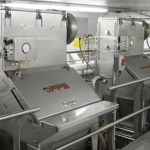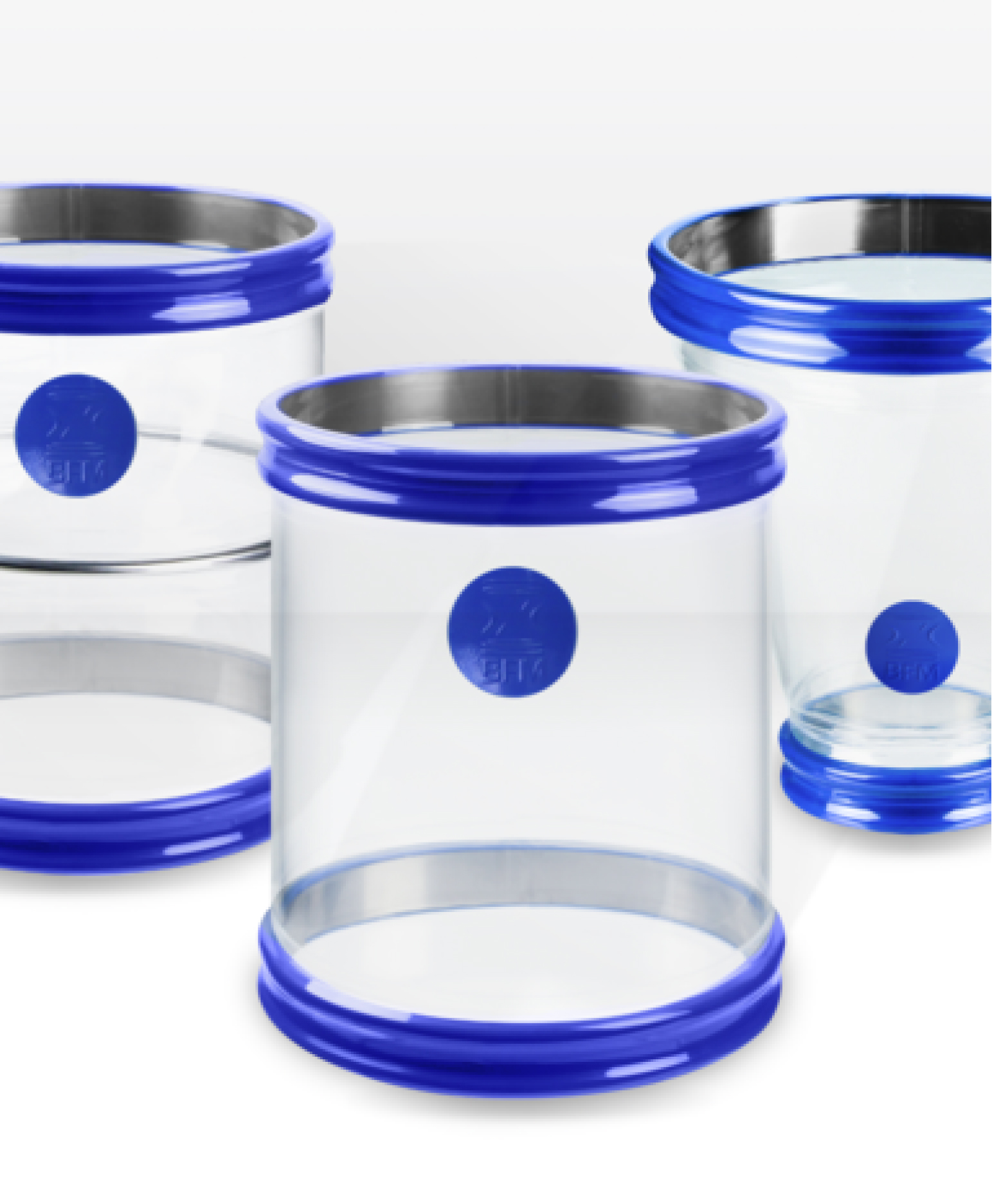Grate Magnet vs. Rotary Magnet – Which is Better?
When analyzing which kind of magnet to invest in at your processing facility, it’s important to look at not which one is better, but which one is better suited for your particular product and application. Both grate magnets and rotary magnets are successfully used in the bulk solids handling industry to catch ferrous contaminants. Let’s look more closely at what to consider when selecting a magnet separator.
Choose Grate Magnets for High Throughput or Free Flowing Powders
A grate magnet is typically used at discharge chutes or upstream of packing operations at a location such as a bag dump discharge station. Free-flowing powders have a low angle of repose, which prevents product from gathering and bridging on a grate magnet’s rods. Grate magnets house stationary magnet rods, which allow the powder to freely pass over them at the desired rate.
It would be wise to choose a grate magnet over a rotary magnet when you are:
- Processing pellets
- Processing free flowing powders
- Processing with a high throughput
- Searching for a low-maintenance option
Typically, a grate magnet is a lower cost option and requires less maintenance because it has few gaskets and moving parts. Many designs are available that offer easy-clean or self-cleaning designs to further ease the burden of maintenance and routine cleaning. For example, RAPIDCLEANTM magnets have “hands free” cleaning or free end cleaning options.
Choose Rotary Magnets for Powders That Bridge
A rotary magnet is typically used in silo dischargers, sifter dischargers or at processing machinery inlets. Cohesive powders and non-free-flowing powders perform better with rotary magnets since the magnet rods rotate at the desired speed, preventing bridging and product buildup.
Choosing a rotary magnet over a grate magnet may be more appropriate when you are:
- Dealing with powders that have a tendency to bridge
- Processing powders which have a high angle of repose
- Considering processing high volumes of product at once (high product loads).
Rotating magnet rods also increase the points of contact and therefore increase the chances of attracting ferrous particles compared to stationary grate magnets, so if you’re looking for more opportunities for magnetic separation with one component the rotary magnet is a great option.


Rotary magnets typically cost more than baseline grate magnets. They may require increased maintenance and care due to having more gaskets and moving parts, but the advantage is that they perform two tasks – magnetic separation and de-bridging.
Overall, the main things to consider when choosing between a grate and rotary magnet are:
- Product properties of the powder (free flowing vs. non-free flowing characteristics)
- Product throughput rates
- Desired amount of powder-to-magnet contact opportunities
Factors that might affect your decision include:
- Cost
- Maintenance
When choosing a new magnet, feel free to contact Powder Process-Solutions with any questions. Our sales engineers would be happy to discuss your product requirements and recommend the most appropriate component to suit your needs.
Discover more details about the RAPIDCLEANTM grate magnet.






